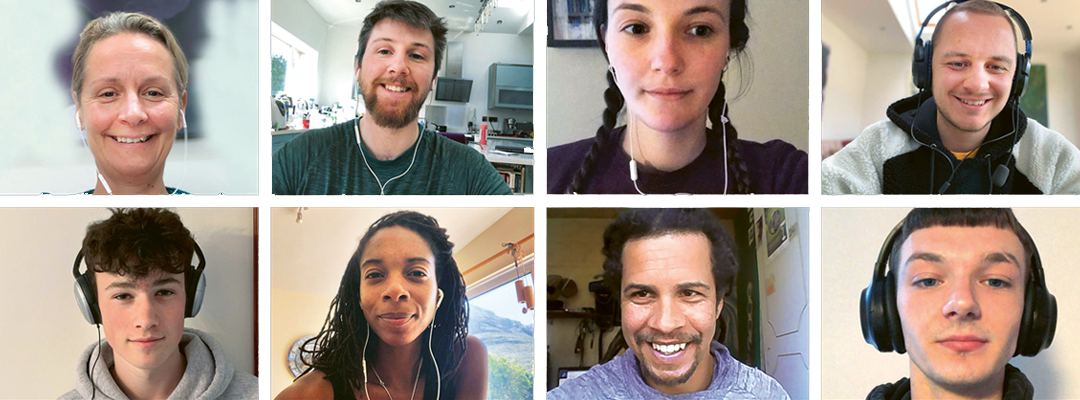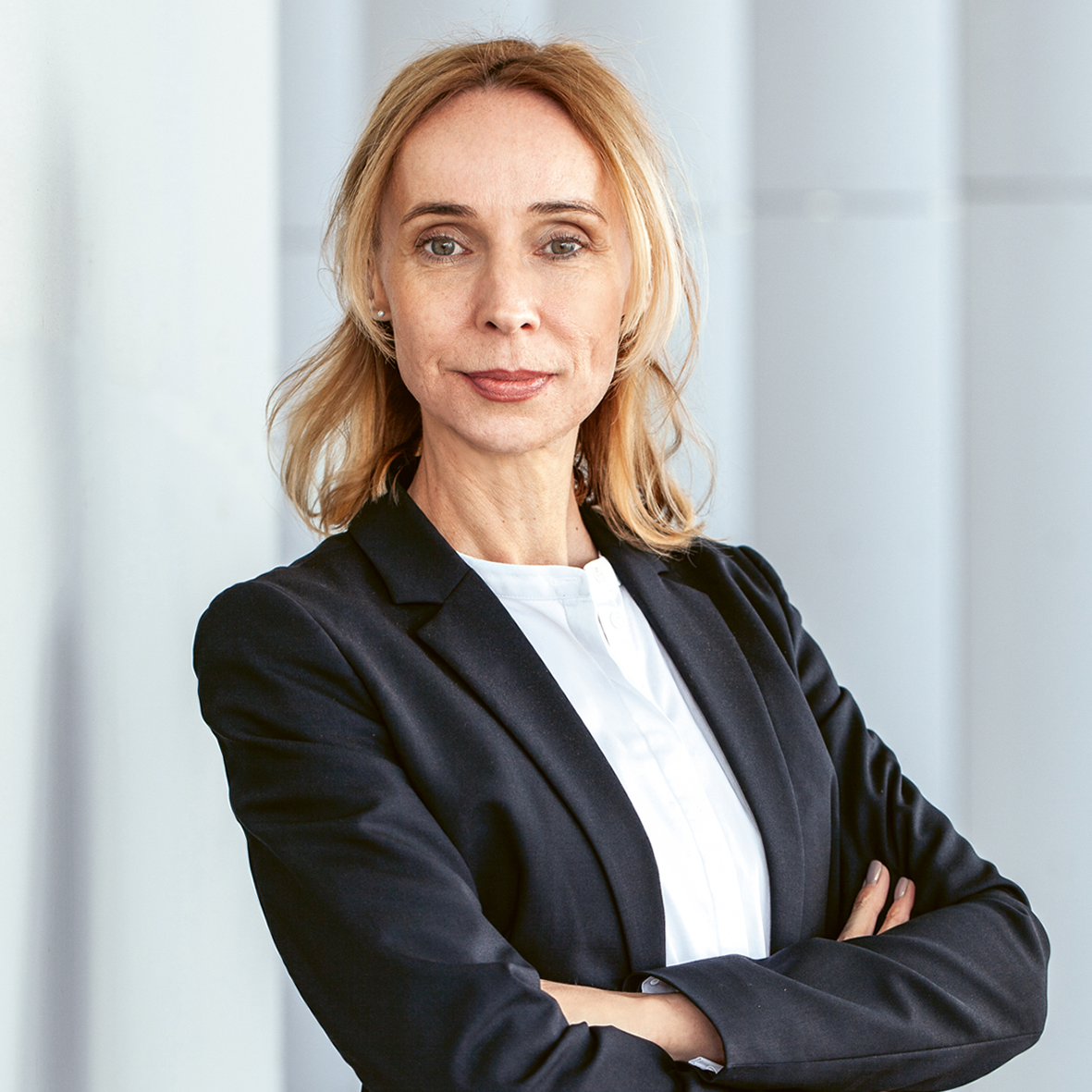
Annual Report 2020
UPHOLDING VALUES, SHAPING THE FUTURE

SICK combines the best of both worlds: A company with a long history and modern methods of collaboration need not work within any fields of tension – quite the opposite. Personnel Manager Cornelia Reinecke uses this interview to explain how SICK brings these apparent contradictions together to generate a working environment that creates innovations.
FOUNDED BY ERWIN SICK IN 1946, THE COMPANY CAN LOOK BACK AT ALMOST 75 YEARS OF EXISTENCE. WHAT ROLE DOES TRADITION HAVE AT SICK?
SICK is a high-tech company with the tradition of a familyowned company. We have always had a future-oriented positioning – without abandoning the values of a medium-sized family company. So we can think and act longterm. Our employees can rely on this.
WHAT ARE THE GREATEST CHANGES AT PRESENT?
The advent of the digital age offers many opportunities and has a massive effect on how we live and work. The coronavirus pandemic is currently demonstrating this in magnified form, and has enormously accelerated change in the world of work. We also experience, almost daily, how the world around us is becoming more complex and contradictory. Customer expectations are changing rapidly. In order to surmount these challenges we need solid technical competences, interdisciplinary collaboration, and must focus entirely on our customers. We will only succeed in this if we overcome organizational or structural obstacles and totally rethink our collaboration and leadership – and how we practice them. We are leaving familiar paths and exploring new territory. I experience great openness for this among all involved here at SICK.
WHAT DOES THIS MEAN IN CONCRETE TERMS?
Rising complexity and changing market and competitive environments demand new forms of collaboration and more open structures, as well as a corporate culture that enables the formulation and distribution of results and knowledge throughout the company. International cross-functional and cross-departmental collaboration is a major prerequisite for focusing our business orientation on our customers. This means that those with the necessary competences must be able to come together to form a new team or implement a project regardless of organizational classifications.
Competence platforms that make new activities transparent for all promote our employees’ personal initiative to get involved in the various topics. Examples of this include involvement in open communities or frameworks within which competence-based collaboration can evolve. Our employees are the source of creative and innovative processes. Providing them with optimum support also requires leadership that encourages and is based on trust. And this empowerment is precisely what makes the ‘New Work’ concept tick.

IN THIS REGARD, WHAT STATUS DO AGILE WORKING METHODS HAVE?
Agile working creates the prerequisite for us to meet these requirements. It is a major element of the digital transformation. We established agile methods and tools in many areas of work some years ago. So an international community has formed here with ‘agile coaches’ and ‘scrum masters’ who gladly share their knowledge and experience. Agile working, however, is much more than this: It is a fundamental attitude and value system founded on taking responsibility and having a results-based orientation, within a culture that permits mistakes and provides psychological security for our teams. Our path into the modern world of work is also flanked by concepts for mobile working, the digital workplace, competence development, or virtual teams.
DO YOU THINK THAT THESE CONVICTIONS AND MODERN WORKING METHODS ARE IN CONFLICT WITH SICK’S HISTORY?
No, on the contrary, our culture at SICK has always encouraged employees who want to take responsibility to do precisely that. So I believe that the way in which we collaborate with one another and the values that we espouse at SICK are a perfect symbiosis between our tradition and New Work. SICK combines the best of both worlds here. Our innovative solutions in the areas of digitalization and Industry 4.0 demonstrate just how well this functions.







